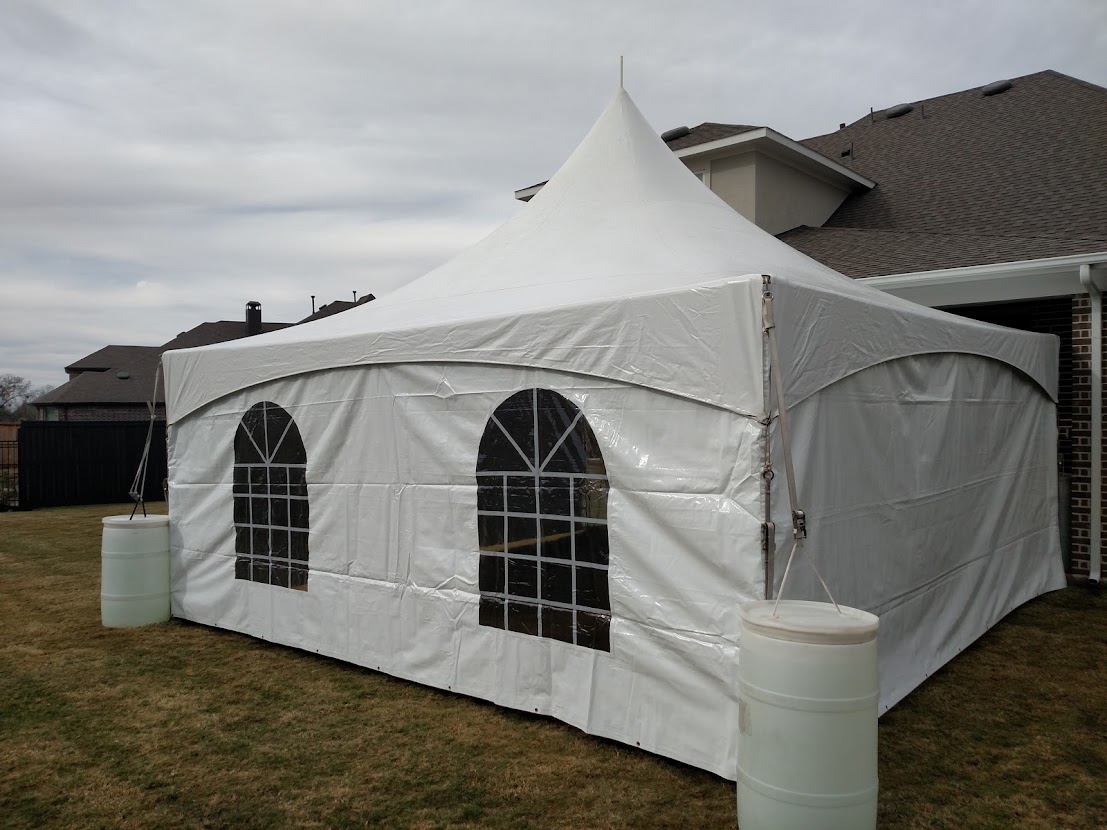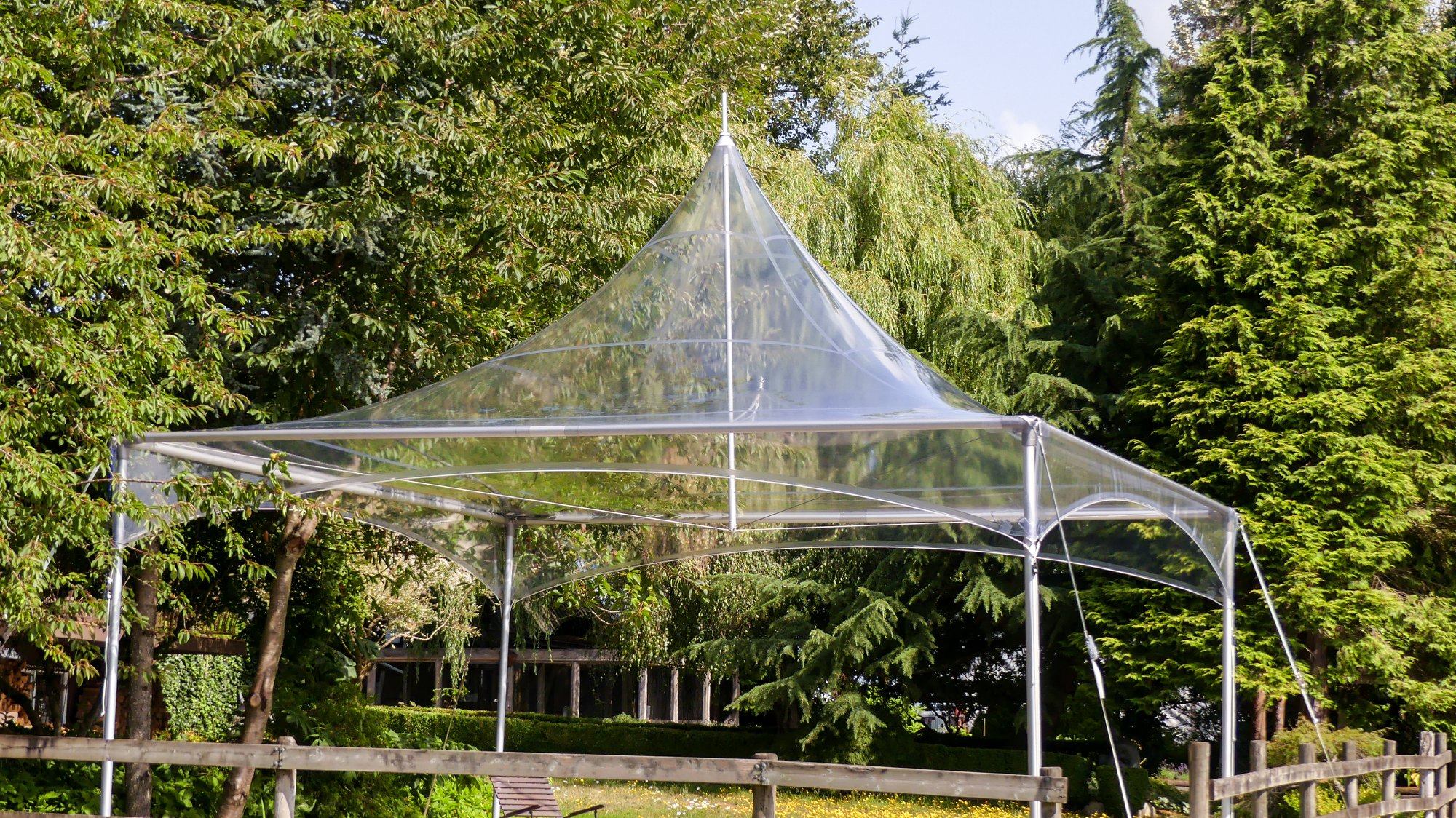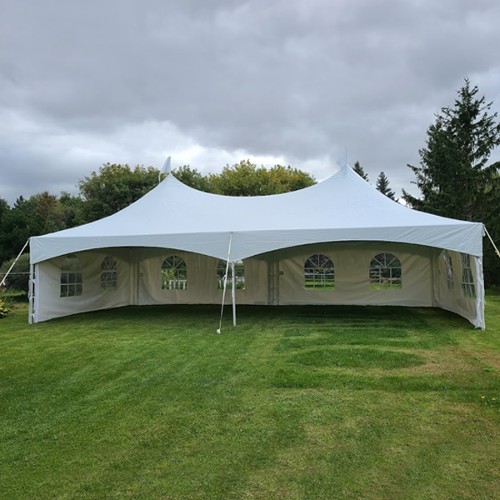Marguee Tent Hire: Perfect for Large Exterior Events and Wedding Celebrations
Marguee Tent Hire: Perfect for Large Exterior Events and Wedding Celebrations
Blog Article
Crucial Tips for Establishing and Maintaining Camping Tents
Establishing up and keeping a camping tent requires more than simply a fundamental understanding of outside gear; it requires focus to detail and foresight. From choosing the suitable campsite to grasping the intricacies of camping tent throwing, each step is crucial to make sure a risk-free and comfy outside experience.
Picking the Right Campground
Selecting an ideal campground is vital for making sure a secure and pleasant camping experience. Begin by looking for level ground, which offers a steady and comfy sleeping area.

Access is one more essential variable. Choose a site that is easily reachable but not extremely exposed to foot website traffic to keep personal privacy. Ultimately, comply with Leave No Trace principles by using assigned campsites whenever possible, respecting the natural surroundings, and ensuring your campground option has very little environmental influence. By thoroughly evaluating these factors, you can enhance both the safety and security and pleasure of your camping experience.
Important Camping Tent Configuration Tools

First and primary, a reliable outdoor tents club or hammer is important for driving stakes into various ground kinds. Choose a light-weight, long lasting club to ease the initiative needed for protecting your tent. Camping tent stakes are another vital part; bring extra risks beyond what includes your tent to make up varied soil problems and unexpected needs.
A ground tarp or impact is necessary for safeguarding the camping tent floor from abrasions and dampness, prolonging the life of your tent. Additionally, lugging a set of spare guylines and tensioners guarantees you can adequately safeguard your outdoor tents, especially in gusty conditions.
Lastly, a multi-tool or a set of standard devices including pliers, scissors, and a blade can be indispensable for taking care of unpredicted modifications or fixings. Guaranteeing you have these essential tent setup devices will certainly lead the way for a pleasurable and hassle-free outdoor camping experience.
Grasping Camping Tent Pitching
Mastering the art of camping tent pitching is a fundamental skill that can significantly boost your camping experience. A well-pitched camping tent supplies not just convenience yet additionally security and security, making sure that you are well-protected from the elements and any type of unforeseen disruptions.
Begin by selecting an appropriate website: flat surface free from rocks, origins, and various other obstructions. Clear the ground of debris to produce a smooth surface for your camping tent. Lay out your camping tent footprint or tarpaulin to supply an extra layer of defense against dampness and abrasions.
Construct the camping tent poles according to the supplier's instructions, making sure that each post is totally prolonged and safely linked - stretch tent hire. Connect the poles to the outdoor tents body, either by putting them into sleeves or clipping them onto hooks, relying on your outdoor tents's style. Carefully elevate the tent, making sure that it stands taut and equally well balanced
Lay down the edges of the outdoor tents, drawing each corner limited to remove slack. Drive the risks into the ground at a 45-degree angle for maximum hold. Lastly, connect and tension the individual lines, which will include security and assistance to your framework. By complying with these actions thoroughly, you can accomplish a safe and secure and comfy configuration for your camping adventure.
Weatherproofing Your Tent
When confronted with uncertain climate condition, just how can you guarantee your tent remains a reputable shelter? The key hinge on reliable weatherproofing. Begin by picking a camping tent with a robust rainfly that prolongs well over the sides and reaches short. This feature will certainly protect against wind-driven rain. Joint securing is one more essential action; apply a joint sealant to all seams to avoid water access.
Next, think about the camping tent's material. Fabrics like polyester and nylon are chosen for their waterproof residential or commercial properties, however they must be treated with a sturdy water repellent (DWR) coating. Routinely reapply the DWR to keep its efficiency. Additionally, a ground tarp or impact under your tent is essential. It supplies an extra layer of protection against moisture permeating up from the ground.
Ensure your camping tent has adequate vents and maintain them open whenever feasible, also throughout rainfall. Constantly next pitch your camping tent on higher ground, preventing depressions where water can pool.
Long-Term Outdoor Tents Upkeep
Making sure the longevity of your camping tent calls for constant and thorough upkeep. Begin by extensively cleaning your tent after each usage. Shake out particles, and use a soft brush to remove dirt from the fabric. Spot-clean any persistent discolorations with a moderate soap option and lukewarm water, taking care to stay clear of severe cleaning agents that can harm the product.
Dry your outdoor tents completely before storage space to avoid mold and mildew and mold. Establish it up in a well-ventilated location or hang it until every component is dry. Store your tent freely in a trendy, dry place far from direct sunlight. Prevent pressing it snugly for lengthy durations, as this can degrade the textile and water resistant finishings.

Verdict
Picking a proper campsite, making use of necessary configuration tools, and mastering the pitching process are critical for an efficient camping experience. Furthermore, weatherproofing the camping tent and sticking to long-lasting upkeep practices, such as cleaning, drying, and evaluating for damages, ensure long life and functionality. Adopting these techniques not only boosts comfort and security throughout outdoor camping however additionally adds to the preservation of the outdoor tents, enabling continued pleasure of outdoor journeys.
From choosing the appropriate campground to understanding additional resources the details of camping tent pitching, each step is vital to ensure a comfy and safe outdoor experience. While being close to a stream or lake is hassle-free, ensure you pitch your tent at least 200 feet away to reduce the danger of flooding and contamination. Outdoor tents stakes are an additional important component; bring added stakes beyond what comes with your camping tent to account for varied soil conditions and unexpected demands.
Connect the posts to the tent body, either by inserting them right into sleeves or clipping them onto hooks, depending on your tent's design. Additionally, weatherproofing the camping tent and sticking to read here lasting maintenance methods, such as cleaning, drying out, and inspecting for damages, make sure long life and functionality.
Report this page